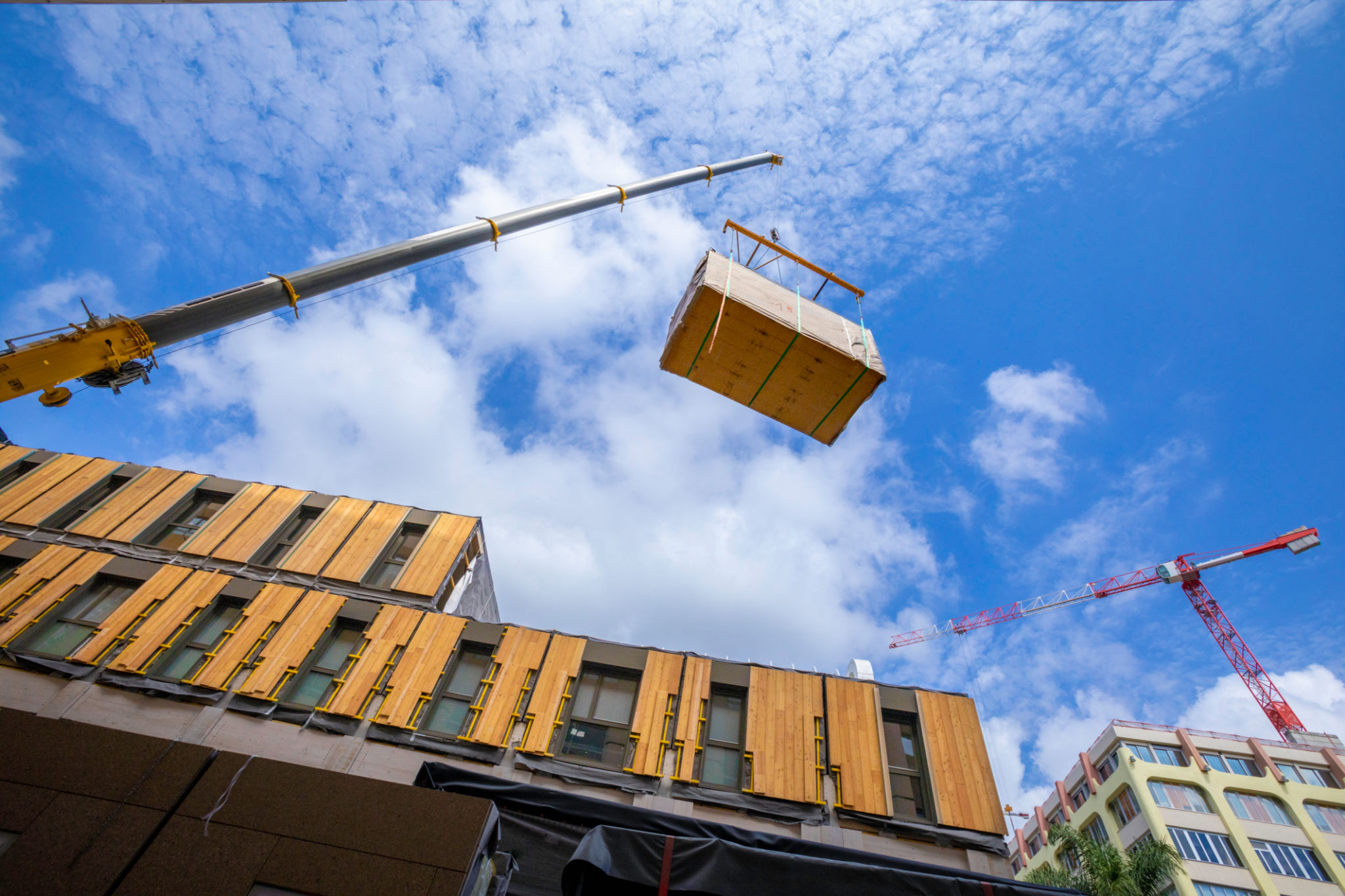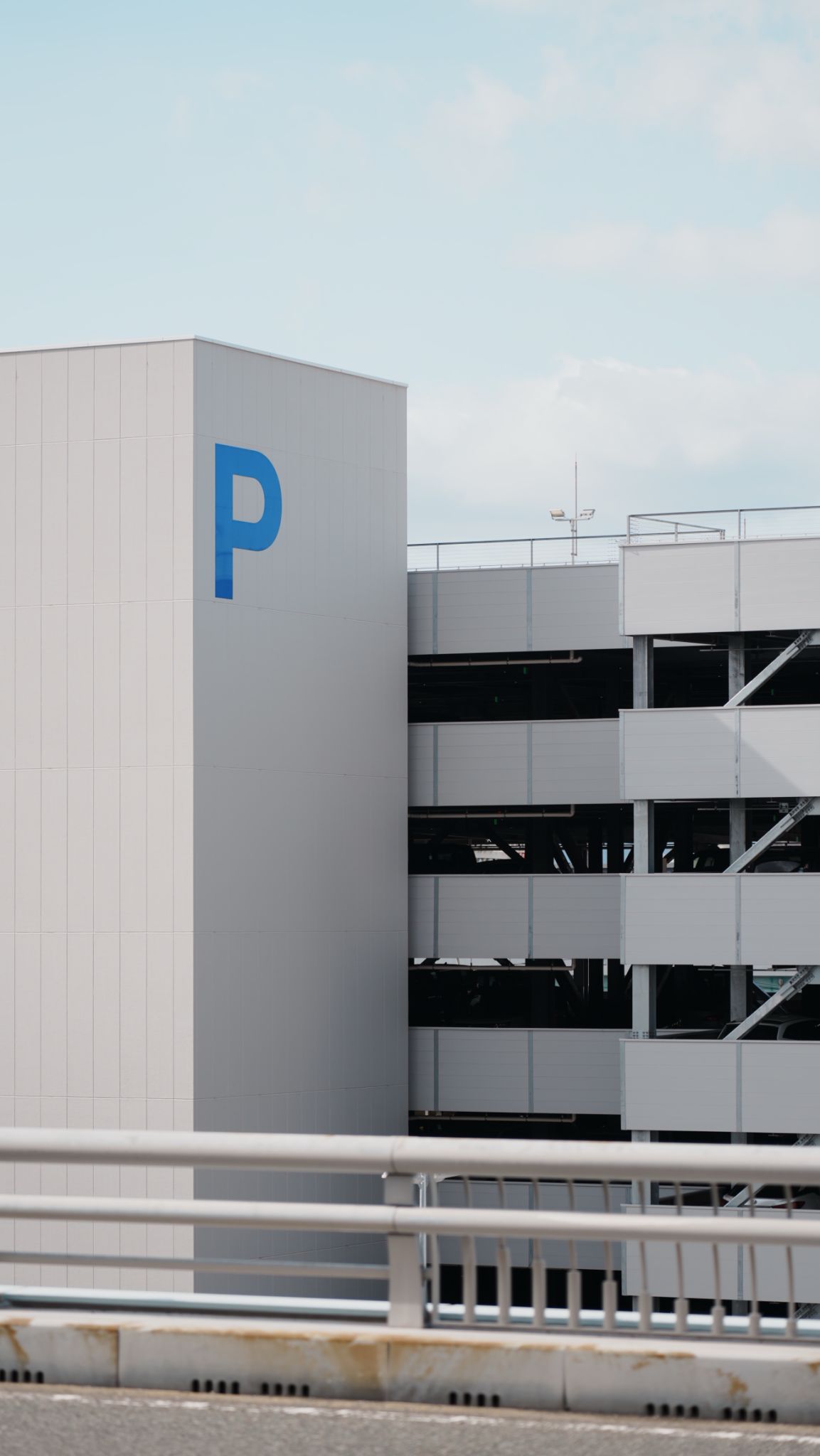Exploring Modern Architecture: Key Trends Shaping Lisboa's Urban Landscape
A Fusion of Tradition and Innovation
Lisboa, the capital city of Portugal, is a vibrant tapestry of history and modernity. As you stroll through its streets, the juxtaposition of classic architectural styles and cutting-edge designs becomes immediately apparent. The city is experiencing a renaissance of urban development, with modern architecture playing a pivotal role in shaping its landscape.

One of the most interesting aspects of Lisboa's architectural evolution is the seamless blending of traditional Portuguese elements with contemporary styles. This fusion has led to the emergence of structures that not only preserve the city’s rich history but also push the boundaries of design and functionality. The use of traditional azulejos (colorful ceramic tiles) in modern buildings is a prime example of this trend.
Green Architecture and Sustainability
As environmental concerns continue to rise globally, Lisboa is at the forefront of incorporating sustainability into its urban planning. The city is embracing green architecture, with many new constructions featuring eco-friendly designs and materials. Rooftop gardens, solar panels, and rainwater harvesting systems are becoming common features in the city’s landscape.

Furthermore, Lisboa's commitment to sustainability extends beyond individual buildings. The city is actively developing green public spaces and enhancing its public transportation infrastructure to reduce carbon emissions. This holistic approach not only benefits the environment but also improves the quality of life for its residents.
Iconic Modern Structures
Lisboa is home to several iconic modern structures that have become landmarks in their own right. The MAAT (Museum of Art, Architecture and Technology), designed by Amanda Levete Architects, is a striking example of contemporary design. Situated along the Tagus River, the museum's flowing lines and innovative use of space reflect Lisboa’s dynamic spirit.

Another notable structure is the Vasco da Gama Tower, a symbol of modern engineering and design. Standing tall on the Parque das Nações waterfront, this tower exemplifies the city's embrace of futuristic architecture while paying homage to its maritime history.
Revitalization of Historic Areas
In addition to new constructions, Lisboa is also focusing on revitalizing its historic areas. The transformation of old industrial zones into vibrant cultural and residential hubs is a trend that has gained momentum. These projects respect the historical significance of the areas while infusing them with new life through innovative design.
The LX Factory, once a textile factory complex, has been converted into a creative space housing restaurants, shops, and cultural venues. This type of revitalization not only preserves Lisboa’s heritage but also fosters a sense of community and cultural exchange.

The Future of Lisboa's Urban Landscape
As Lisboa continues to grow, the city faces the challenge of balancing modern development with historical preservation. However, it is this very challenge that makes Lisboa’s architectural journey so fascinating. By embracing both innovation and tradition, the city is setting a precedent for urban development that other cities might aspire to follow.
The ongoing exploration of modern architecture in Lisboa promises an exciting future for its urban landscape. As the city evolves, it remains a testament to how thoughtful design can create spaces that honor the past while looking forward to the future.
